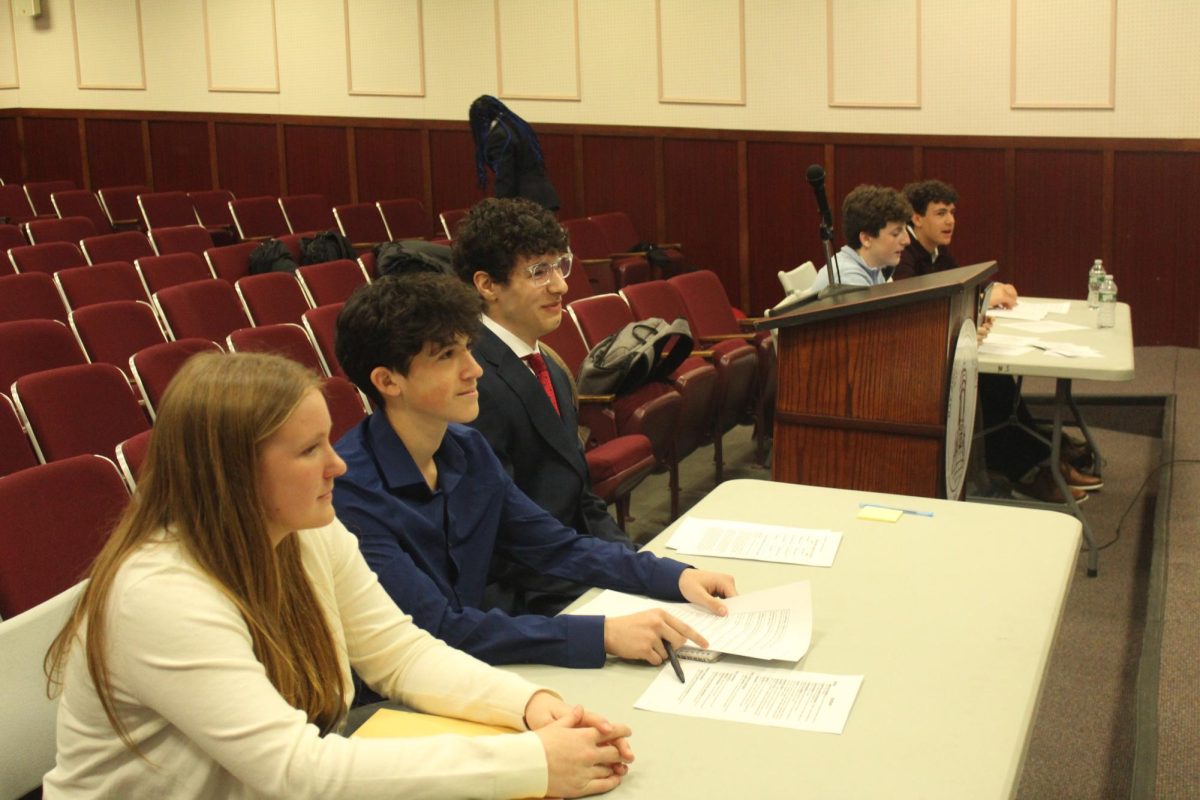As the first period bell rings in schools across New York State, a new routine has started. Students put their cellphones, smartwatches, and other devices into lockers, leaving behind the screens that usually are right by their side throughout the day. Hallways that were once filled with the glow of screens are now filled with conversation and laughter instead of silence and people distracted by messages and social media.
New York State has recently introduced a new policy banning the use of cell phones and all personal devices during school hours in an effort to improve student focus and academic performance. The ban, which took effect this school year, stops students from using their phones in classrooms unless specifically permitted for educational purposes or medical emergencies. With around 2.4 million students, New York State is the largest area to implement the rule.
The decision is based on concerns about the negative impact of phone use on students’ attention and social lives. Research cited by the state shows that excessive phone use during lessons can hinder learning and contribute to classroom disruptions. According to the National Library of Medicine, students who used their phones in class took fewer notes and had poorer overall academic performance, compared to those who did not let their phones distract them.
Because of the new rules, students are required to keep their phones out of sight during class. Teachers are responsible for enforcing the ban and making sure students who don’t listen and violate the policy have consequences. Students are able to retrieve their phones from their designated spot when the dismissal bell rings.
“I love it. I feel it is very beneficial. My students are so much more focused. I feel they are interacting with each other much more and with me too,” said Spanish teacher Jacqueline Side.
The response from the Bay Shore community has been mixed. Some students like that they are able to focus more during lessons without the distraction of notifications and buzzing from social media.
“I think the phone ban hasn’t been too bad,” said senior Alicia Anderson. “It’s nice not checking my phone every two seconds and I feel like I get my work done quicker.”
Others feel that the policy is not as helpful. Both students and teachers are still so comfortable using phones and other devices, that this change is making lessons and learning more difficult.
“I don’t like the phone ban because teachers have not yet adjusted their teaching styles to it,” said junior Caelyn Dean. “Teachers will move on very quickly from notes and then tell us to just take a picture of the board and then, after remembering that we can’t, get upset and it disrupts the entire lesson.”
As the school year continues, even though it is a challenge, just like anything else, the phone ban will become a regular routine that students and teachers get used to and possibly even learn to like, if they don’t already. This change is an important part of improving student life and making learning more enjoyable. Without the distractions of phones, students may even be able to make more memories and really pay attention to their surroundings.







